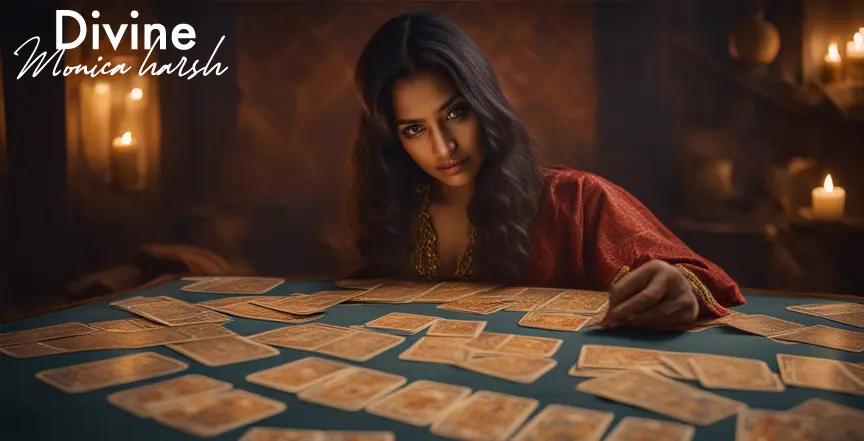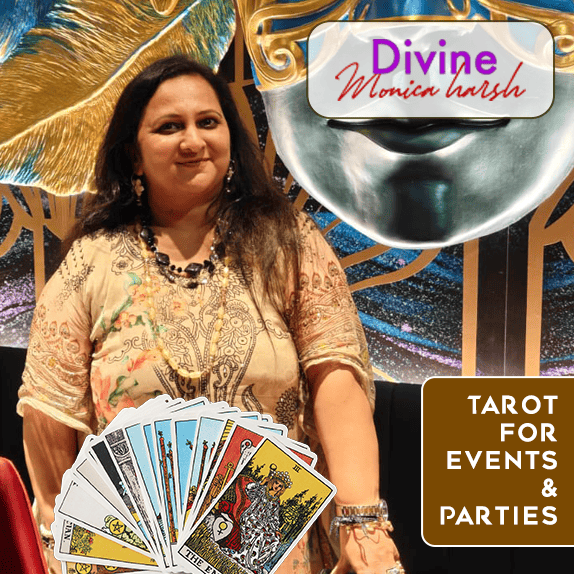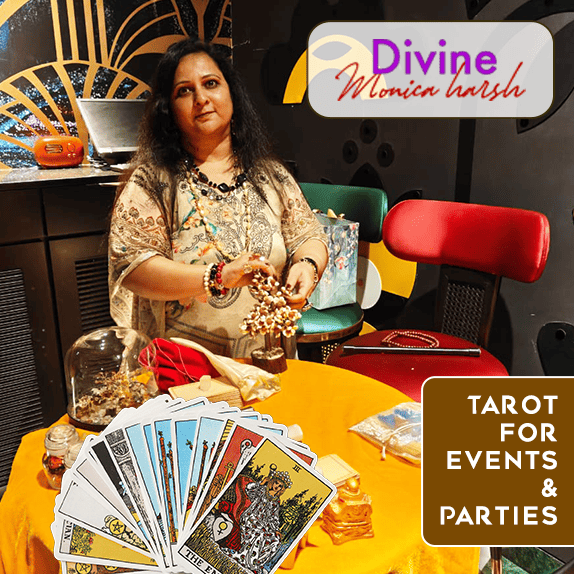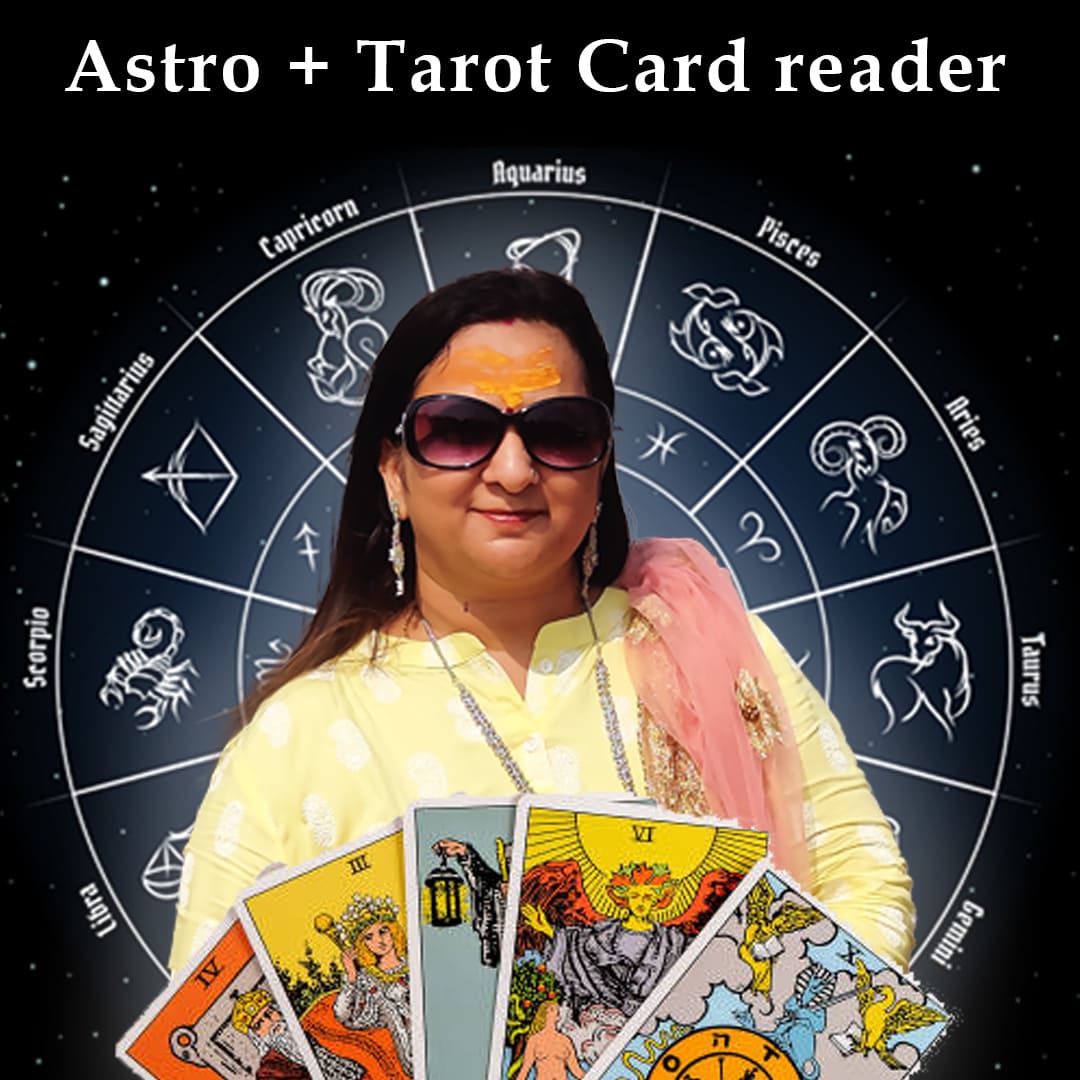
History of Tarot Throughout the Years:
Best Tarot card reader and psychic reader in Mumbai - Divine Monica Harsh. The history of tarot is an interesting one that takes place over several centuries. Its commencement is somewhat of a mystery, but tarot perhaps existed first in the late Middle Ages in Europe. Even though the exact timing varies, the majority concur that tarot cards were initially created as playing cards in the 15th century in Italy. Tarot cards later acquired a mystical status and became associated with divination, and the earliest recorded tarot decks to be used for that purpose were in the 18th century. The popular Rider-Waite Tarot, founded by Arthur Edward Waite and illustrated by Pamela Colman Smith in 1910, was in large part responsible for popularizing tarot as a tool for divination.
Main Terms of the Tarot:
Arcana
The tarot deck consists of two main parts: the Major Arcana (22 cards) and the Minor Arcana (56 cards).
Major Arcana
This set of cards represents significant life events, spiritual lessons, and major influences. Each card has a unique and powerful meaning.
Minor Arcana
These cards are divided into four suits (Cups, Swords, Pentacles, and Wands) and resemble the modern playing card deck. They focus on everyday events and experiences.
Deck
A tarot deck typically contains 78 cards with specific imagery and symbolism.Popular Types of Decks
There are countless tarot decks available today, each with its own unique artwork and symbolism. Some of the most popular decks include the Rider-Waite Tarot, Crowley-Harris Thoth Tarot, Tarot of Marseille, and many others. The choice of a deck largely depends on personal preference and the connection you feel with the artwork and symbolism.
Choosing and Caring for Your Deck
When choosing a tarot deck, it's essential to pick one that resonates with you on a personal level. Trust your intuition and select a deck that appeals to your sensibilities. To care for your deck, keep it in a special pouch or box to protect it from physical damage and negative energies. You can also cleanse and charge your deck regularly to maintain its energetic purity.
The Importance of Cleaning Your Deck
Cleaning, or clearing, your tarot deck is essential to ensure the energies of past readings do not interfere with new ones. You can use various methods to cleanse your deck, such as smudging with sage, using crystals like amethyst or clear quartz, or simply placing your deck under the moonlight.
Background of the Suit of Cups
The Suit of Cups is one of the four suits in the Minor Arcana, representing emotions, relationships, and the element of water. Cups are often associated with feelings, love, intuition, and matters of the heart. The Suit of Cups in traditional decks typically consists of Ace to Ten, and the Page, Knight, Queen, and King of Cups.
Suit of Cups in Alternate Decks
In some alternate tarot decks, the Suit of Cups may have different names and symbols. For example, in the Crowley-Harris Thoth Tarot, Cups are called "Cups," while in the Tarot of Marseille, they may be referred to as "Chalices."
Meanings of Number Cards
The number cards (Ace to Ten) in each suit of the Minor Arcana represent different stages or aspects of the suit's theme. For example, in the Suit of Cups, the Ace often symbolizes the potential for emotional or spiritual growth, while the Ten represents the culmination of emotional fulfillment. The specific interpretations can vary depending on the reader and the context of the reading.
Background of the Sword Suit
The Suit of Swords in the Minor Arcana is associated with the element of air and represents thoughts, intellect, and challenges. Swords often symbolize mental clarity, conflicts, and the power of the mind. This suit typically includes Ace to Ten, as well as the Page, Knight, Queen, and King of Swords.
Meaning of Common Patterns
Tarot readers often pay attention to patterns and combinations of cards in a spread to derive deeper insights. Common patterns can include the presence of multiple cards from the same suit, Major Arcana cards, or cards with reversed meanings. The interpretation of these patterns depends on the reader's expertise and intuition, and it adds layers of complexity and depth to a tarot reading.
Understanding the history, symbolism, and meanings of tarot cards is a lifelong journey. The interpretation of tarot is deeply personal and can vary from reader to reader. Trusting your intuition and developing your relationship with the cards is a key aspect of tarot practice.



